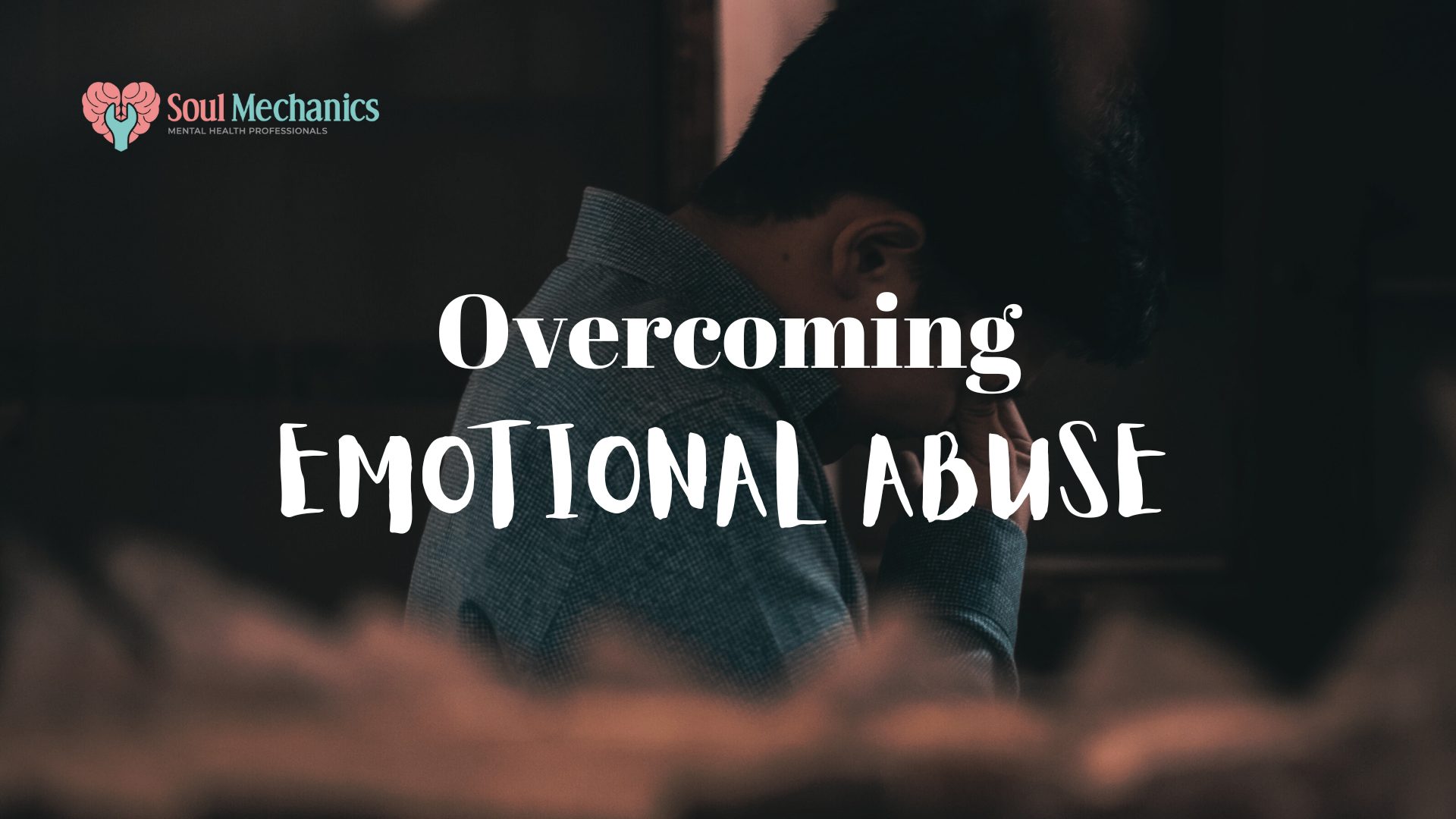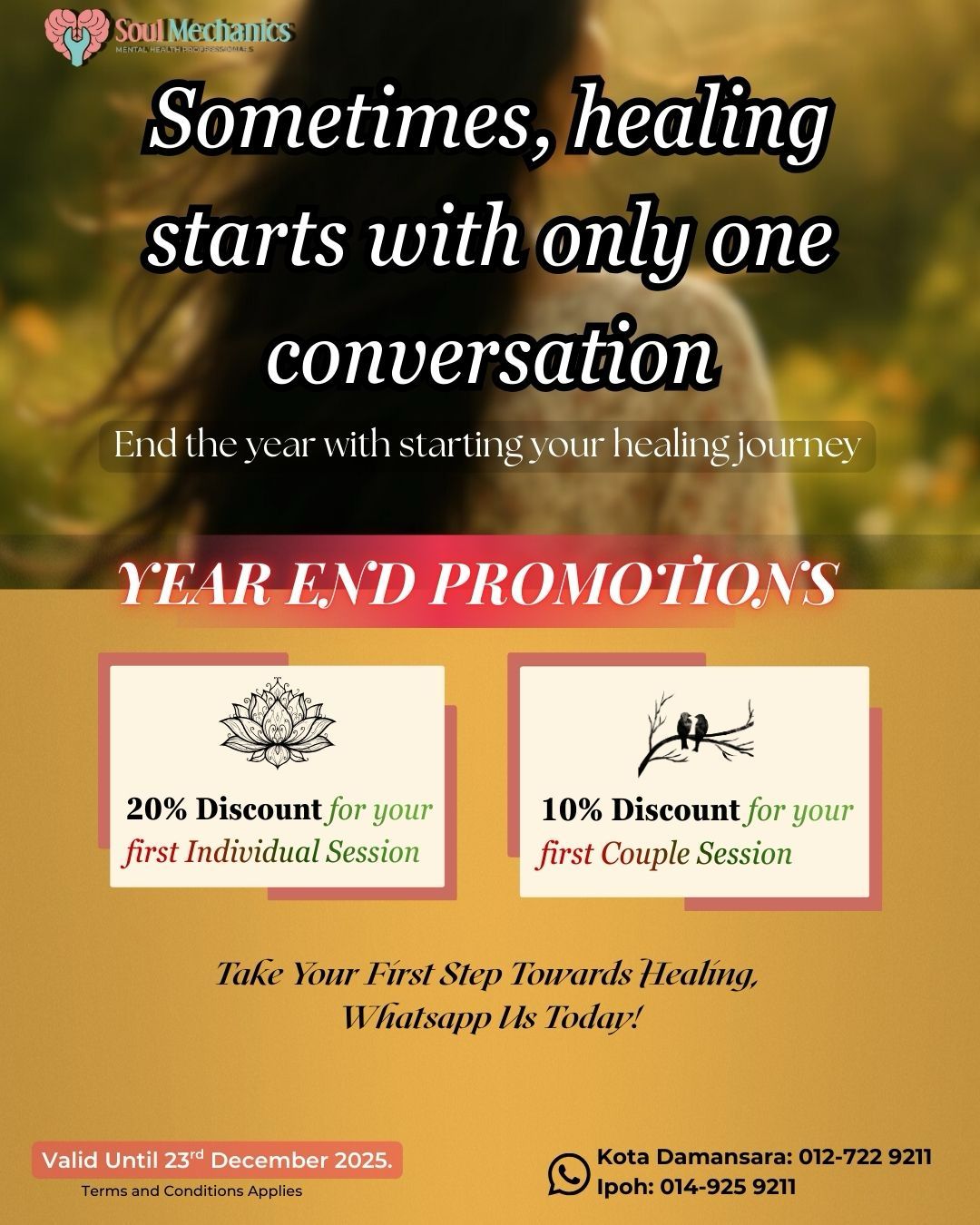Abuse: Healing the Invisible Wounds
Abuse: Healing the Invisible Wounds

Written By: Shaundtrya Ganasan, Licensed Counselor (KB11097)
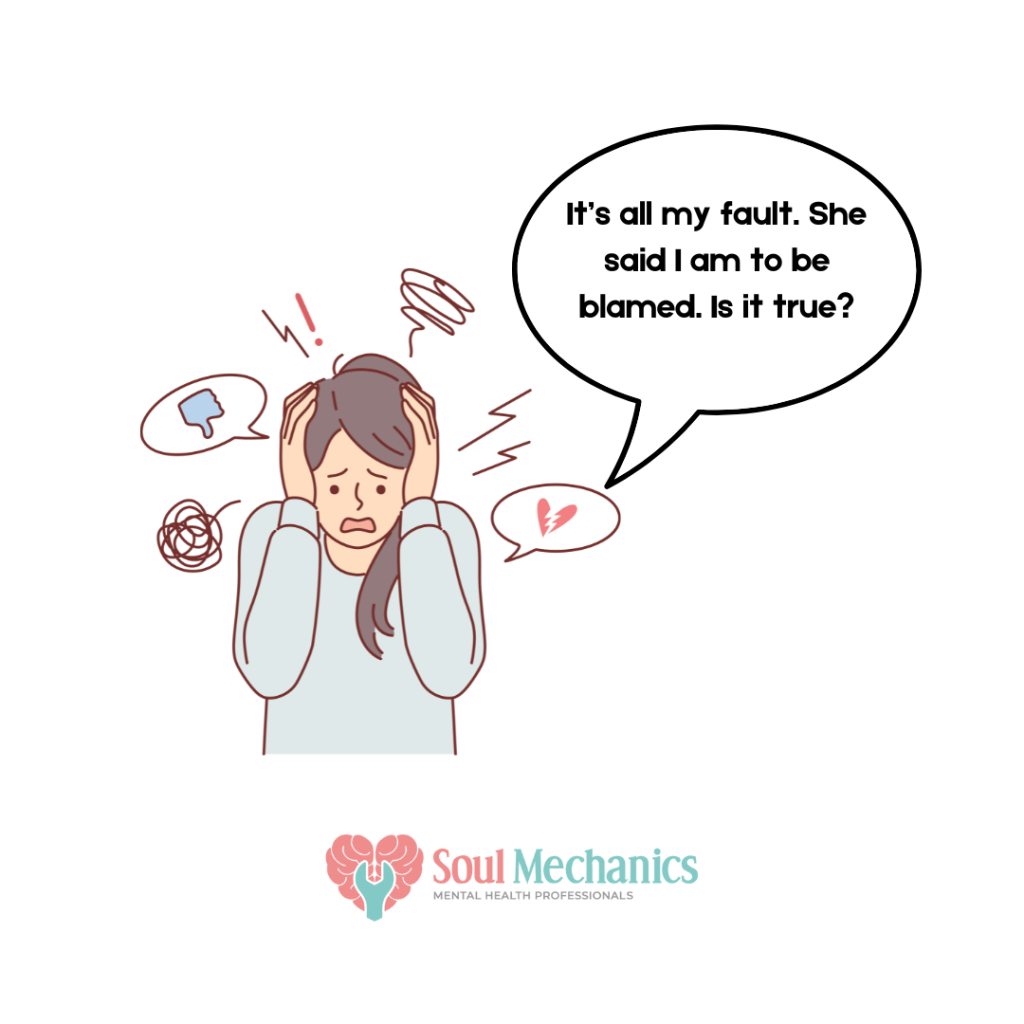
Abuse comes in different forms and it often leaves a huge imprint within our soul, especially when it’s emotional abuse. Emotional abuse is insidious. It often shadows through your unconscious and subtly affects your sense of self and personal autonomy. Unlike physical abuse, emotional abuse doesn’t leave any visible scars, but its psychological impact can be deep-rooted and long-lasting.
Many of us remain trapped in emotionally draining and abusive relationships as we may be able to identify or recognize that we’re actually going through abuse. The abuser may also be manipulative, criticize or isolate you, which gradually wears away your self-worth and freedom over time.
If you have been or are presently going through emotional abuse, remember, healing is definitely possible. In this article, let us further dive into the depths of emotional abuse, and steps to identify, confront and heal from emotional abuse; allowing you to rebuild your concept of healthy relationships with others and yourself.
Reminder: If you or your loved ones are struggling with mental health issues, please don't hesitate to reach out to us at Soul Mechanics KD or Soul Mechanics Ipoh. Remember, seeking help is not a sign of weakness but strength!
Section 1: Recognizing Emotional Abuse
Emotional abuse often takes place in different forms, such as through manipulation, controlling tendencies and passive-aggressive behaviours. Below are some of the most common signs of emotional abuse:
Constant Criticism
Persistent mocking, shaming, or belittling to make you feel not good enough or small.
Unpredictable Reactions
To make you feel on the edge or unstable, they also would show frequent anger outbursts, mood swings, or cold withdrawal.


Manipulation & Control
Emotional abuse includes controlling and influencing different life aspects like your feelings, finances, bond with others, or activities.
Isolation
Emotional abusers also may subtly cut you off from your loved ones who are your support to make you entirely dependable on them instead.
Gaslighting
They can make you question your feelings, memories, or even perceptions to break your self-confidence and always keep you off-balance.
Identifying these signs is the crucial step to break free and heal from the loop of emotional abuse. By recognizing these patterns, you will become more aware of taking needed actions and regain your control of life.
Section 2: Setting Boundaries & Prioritizing Self
Once you have identified the emotional abuse you’re experiencing, it is important to set boundaries. Boundaries often serve as your internal lines of soldiers who protect your emotional well-being. In abusive relationships, setting boundaries can be tough due to the abuser’s need to have a sense of control. Yet, it's essential to reclaim your self-respect and power.
Know Your Rights
You have the right to be treated with dignity, to prioritize your needs and wants, and to feel safe.
Practice Saying “No”
Saying clear and firm “no” is crucial as abusers often push your limits to have compliance from you. Saying “no” helps you to reclaim your autonomy.
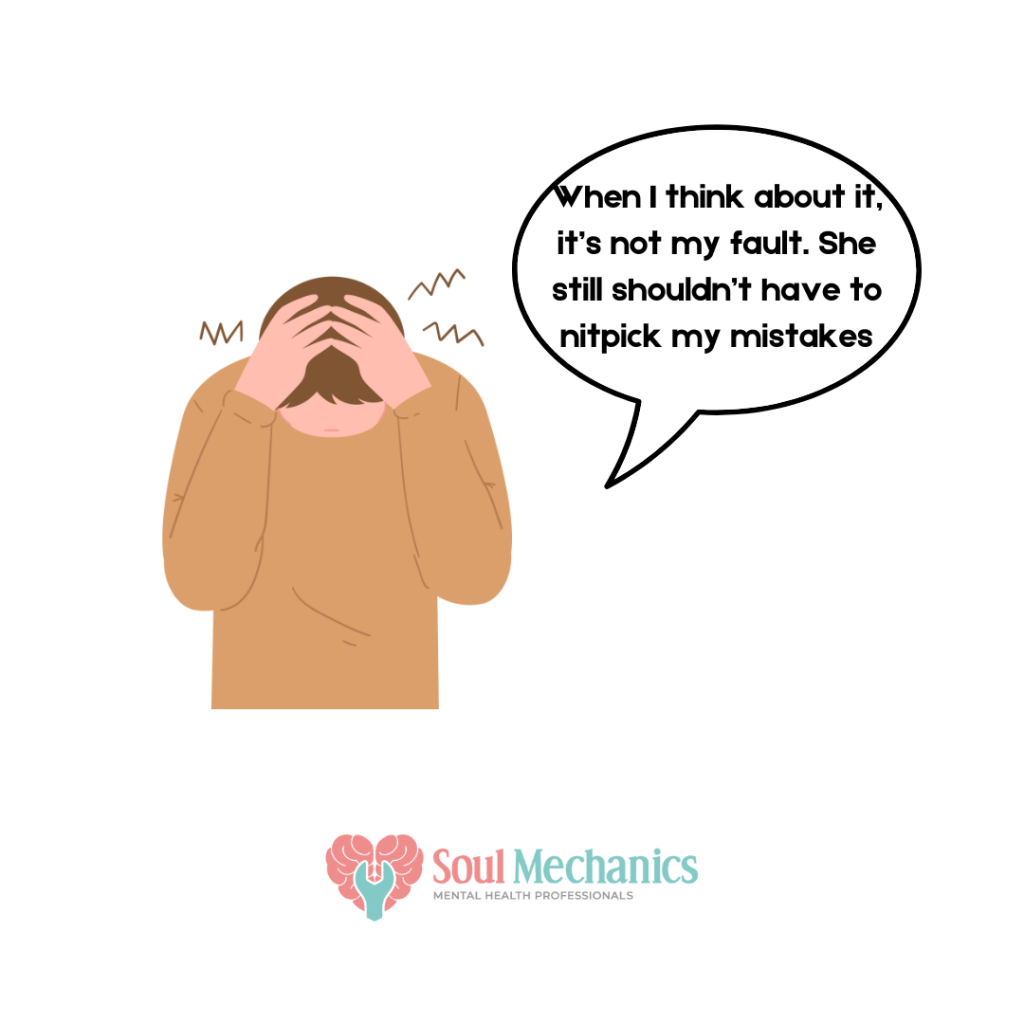
Enlist Allies
Allow trusted loved ones or a mental health therapist to support you to maintain these boundaries. Having external support and assistance can further reinforce your efforts and strengthen your sense of self.
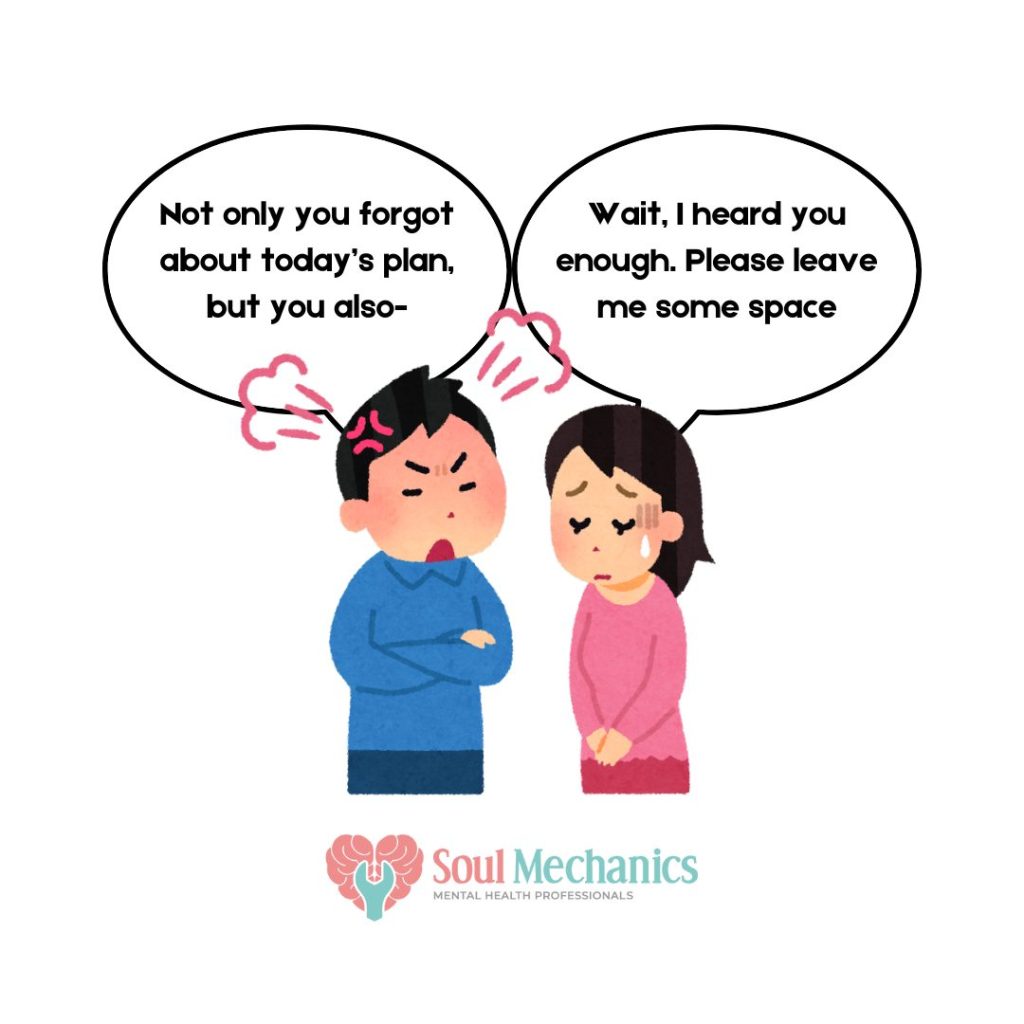
Maintain Emotional Distance
If leaving an abusive relationship immediately is not possible, begin with creating emotional space for yourself first. Try to not engage in arguments, consciously avoid internalizing their words, and set time limits for interactions.
Setting boundaries needs consistent and conscious practice. It may also evoke feelings of shame and guilt, but through healthy emotional regulation approaches, it will navigate you to build emotional resilience and strengthen your self-respect.
Section 3: Seek Professional Assistance
Healing from emotional abuse can be challenging and may not be something that you can do alone. A professional mental health therapist will navigate you to explore the depths of the emotional abuse, triggers, and unconscious causes, and provide effective guidance and tools to heal. Below are some ways in which a mental health professional can guide you to make a difference:
Recognizing Unhealthy Patterns
Therapy can help you to identify recurring abusive patterns and prevent you from attracting similar relationships in future.
Healing Trauma Responses
Emotional abuse also leads to trauma that often manifests itself through behaviours or reactions like anxiety, hypervigilance, or people-pleasing. Through therapy, you can alleviate these responses.
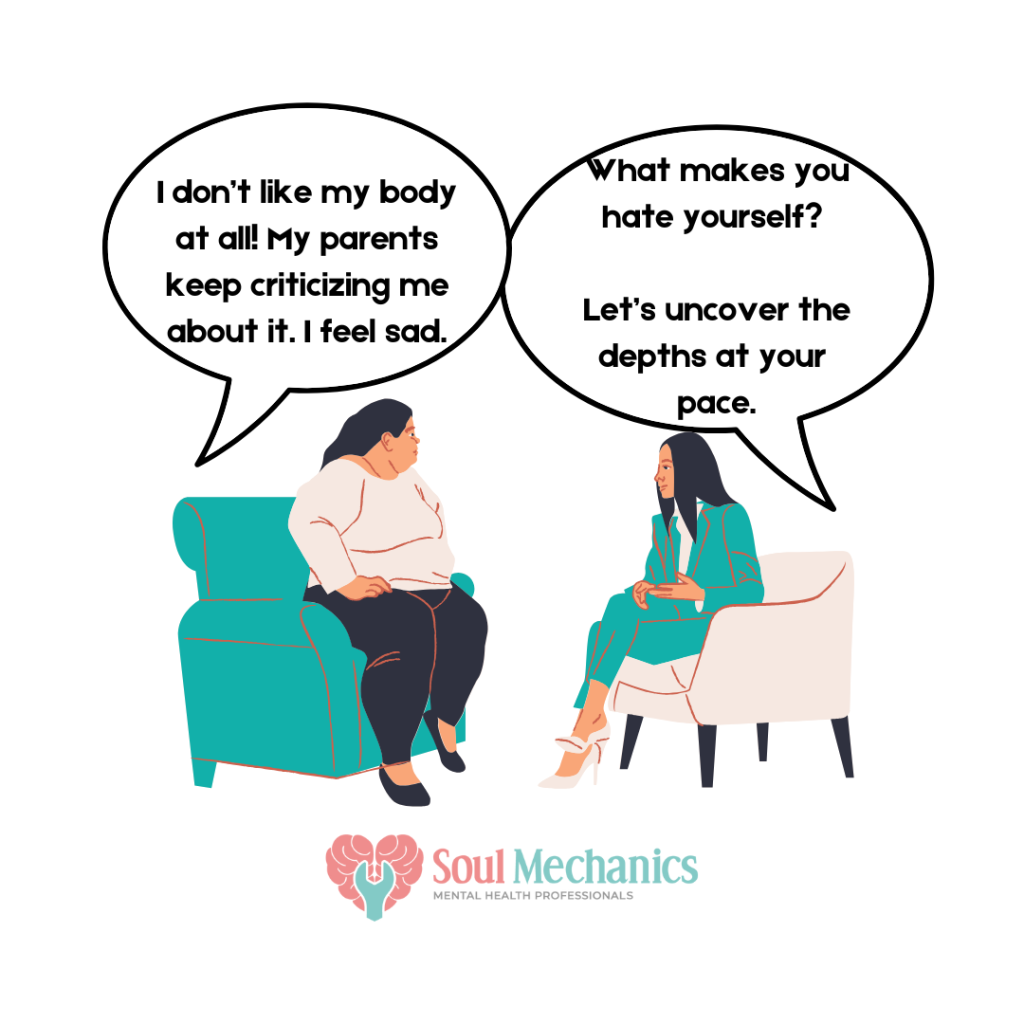
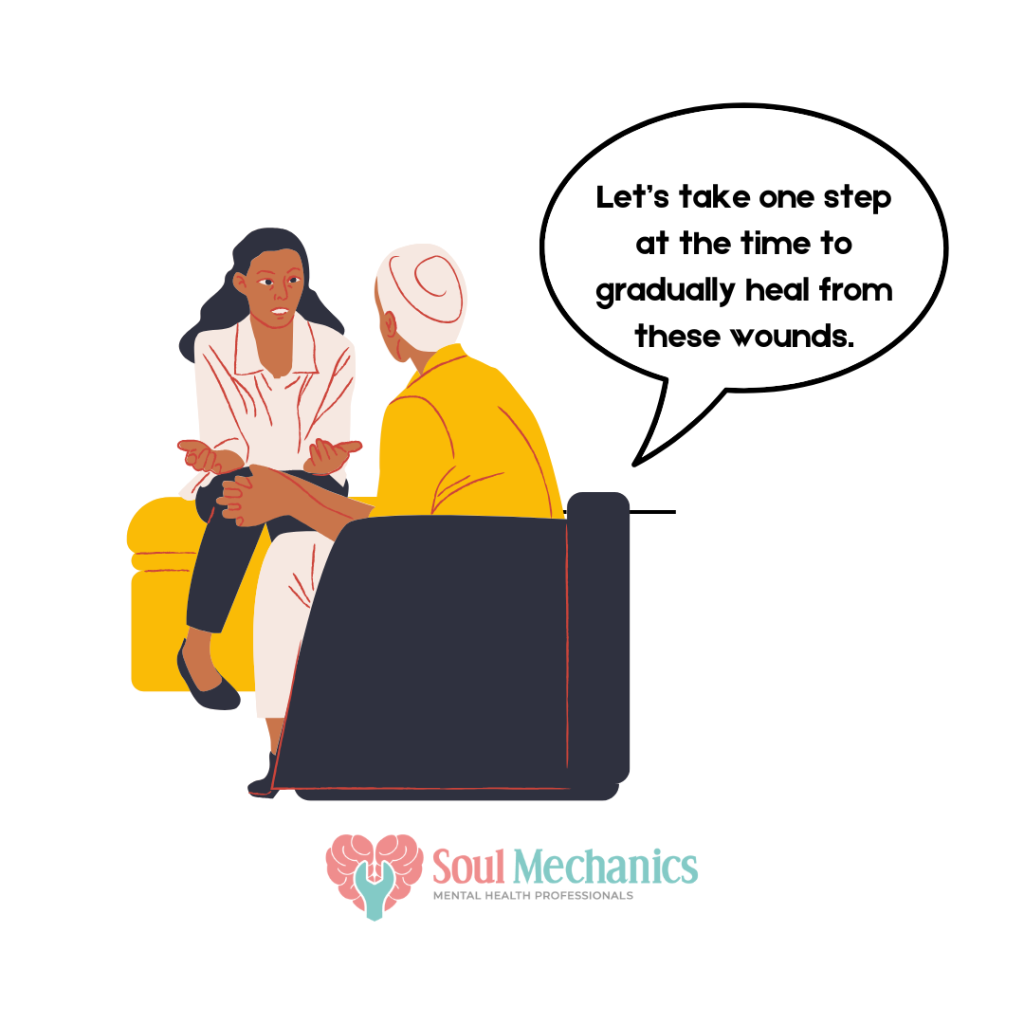
Developing Coping Skills
A therapist can guide you to process tough and heavy emotions, reduce your self-doubt and manage your triggers through healthier approaches.
Strengthening Self-Esteem
Your sense of self often gets weakened by emotional abuse. A therapist would guide you to reconnect with your authentic self which further strengthens your sense of self with renewed and healthier life goals.
Starting therapy can be tough for many of us as opening up wounds can be tough, especially after experiencing a betrayal of trust. But, it is one of the vital investments needed in your healing journey.
Section 4: Rebuilding Identity
One of the most profound impacts of emotional abuse is the damage it inflicts on your self-worth. Rebuilding it requires, compassionate and conscious self-care. Below are approaches to reconnecting with your authentic self.
Reconnect with Personal Interests
Emotional abuse often makes you sacrifice your personal time and interests for the abuser or due to the abuse. Rediscovering your small joys like hobbies, career interests or skills can help you to rebuild yourself.
Celebrate Small Wins
Acknowledge each step forward in your healing, be it small or big. Celebrate your wins, such as learning to set boundaries, seeking support, or even taking self-time.
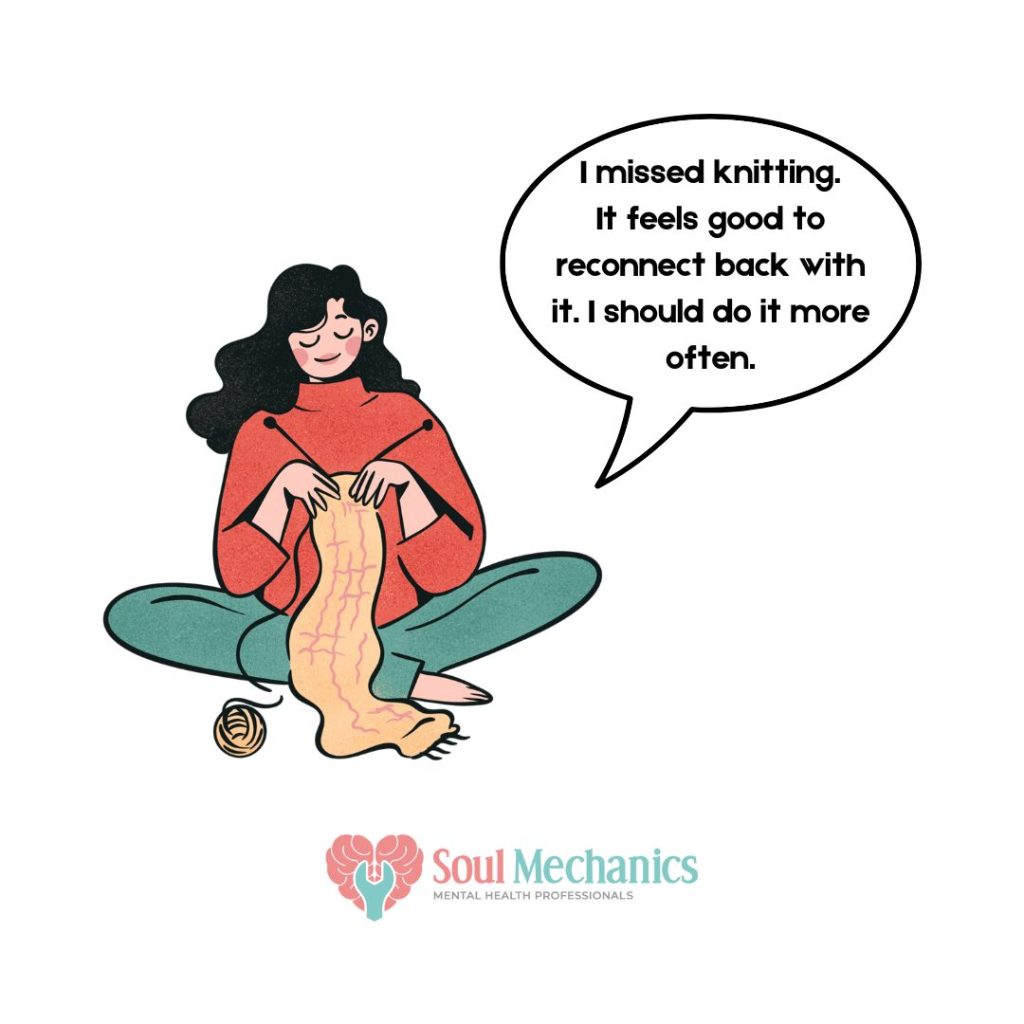
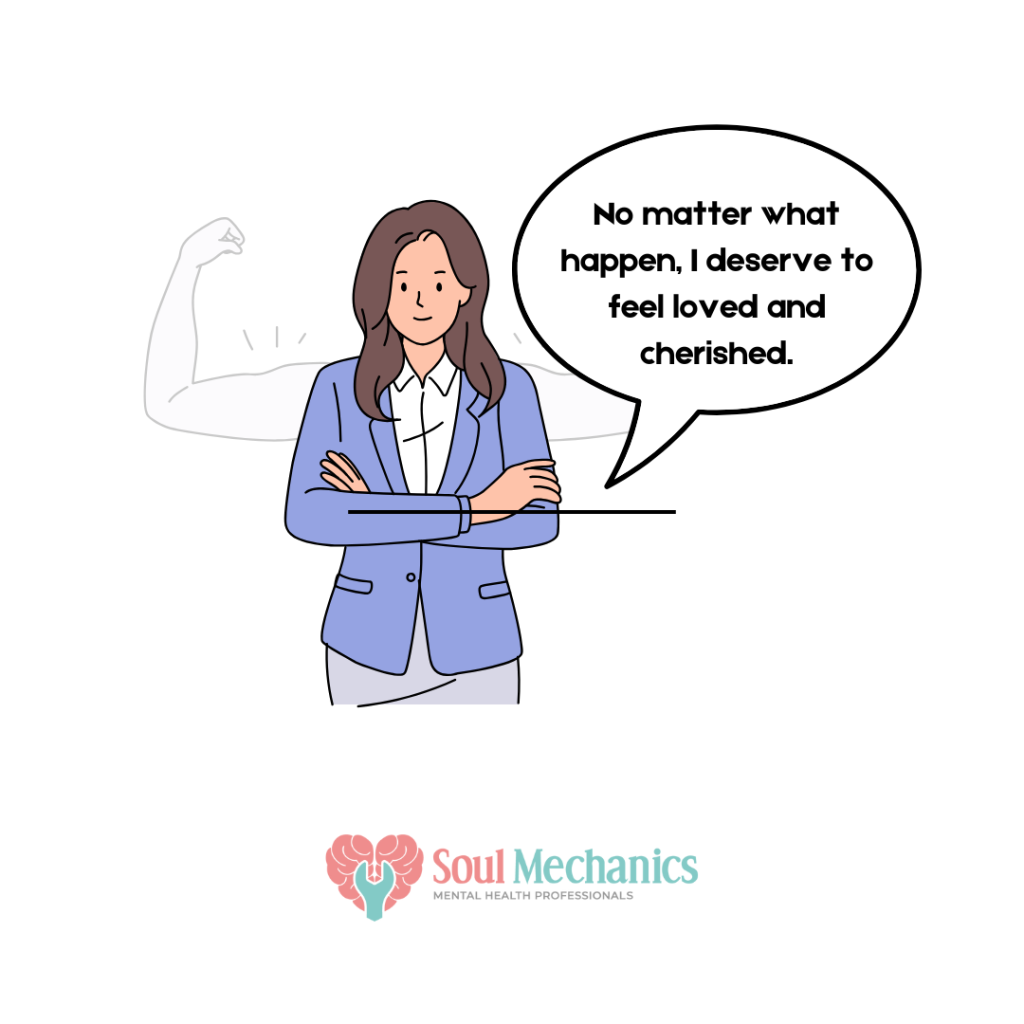
Practice Self-Compassion
Treat yourself with the kindness you would offer a friend experiencing a similar situation. Working on your self-criticism and negative self-talk can make a huge difference.
Rebuilding your sense of self is not easy or quick, but with every effort, you will gradually reclaim your self-worth.
Section 5: Breaking the Cycle of Emotional Abuse
If you have experienced emotional abuse, healing from the loop requires learning healthier relationship dynamics and reevaluating what contributes to a healthier partnership. Below are some steps to break free from the cycle and avoid abusive relationships in the future:
Avoid Over-Accommodating
While compromise is essential, it is also essential not to suppress your values or needs to maintain relationship peace. A healthy partnership should provide space for growth and individuality.
Learn to Recognize Red Flags
After enduring abuse, it is crucial to spot early signs of controlling patterns, manipulation and other red flags.
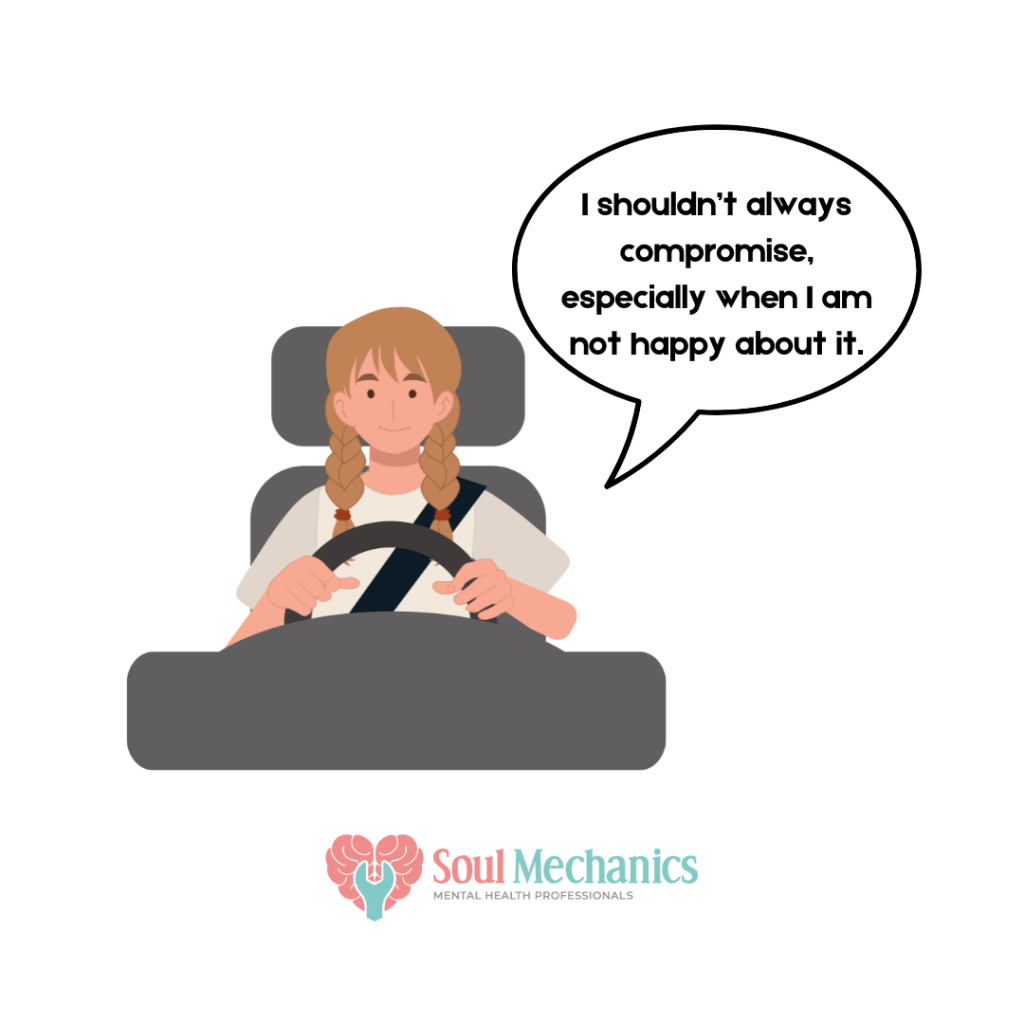
Define your Relationship Values
Clarify your relationship standards and boundaries. Having knowledge of what you expect and deserve would navigate you spot abusive or incompatible partners in the beginning stage itself.
Practice Transparent Communication
Open and honest communication is the heart of any healthy relationship. Expressing your feelings, thoughts and opinions without fear is a strong way to build mutual respect and trust in a relationship.

Focus on Emotional Independence
Foster passions, friendships, and interests outside of your romantic relationship as well. Having a sense of independence will foster confidence and help you to establish healthy boundaries with your partner.
Breaking from the loop of emotional abuse is also about taking time to reflect and redefine the relationship dynamic you truly want. Doing this will allow you to enter into healthier future relationships with clarity, awareness, commitment to your well-being and emotional resilience.
Section 6: Building a Supportive Environment
Healing from emotional abuse is about overcoming past wounds and building a future that surrounds you with people who uplift and respect you. Below are a few steps you can start with:
Nurture Friendships & Connections
Surround yourself with loved ones who support and value you, and invest in connections that bring out the best in you.
Seek Supportive Relationships
A supportive relationship consists of empathy, encouragement and respect. Seek loved ones, partners or mentors who exhibit these qualities, as they will navigate you and enhance your self-worth.

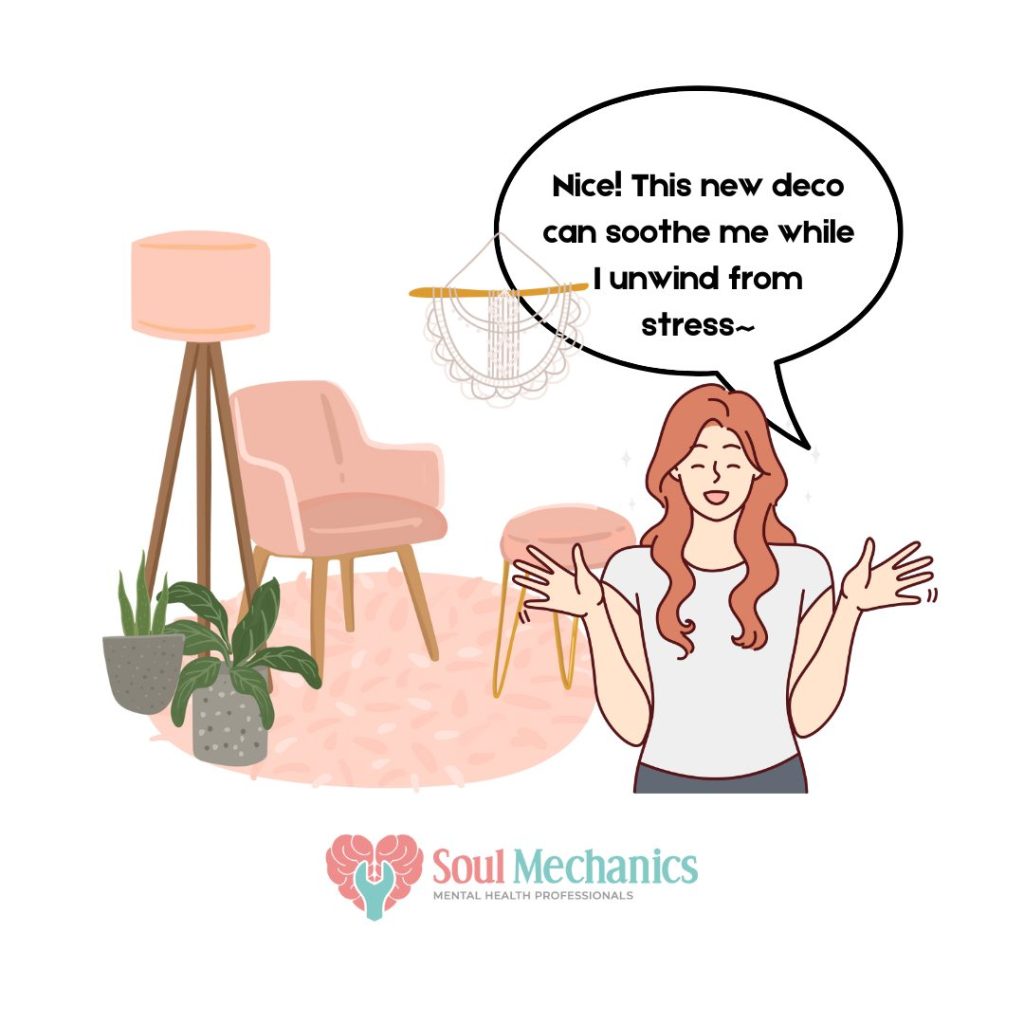
Establish a Safe Space at Home
Make your living space a sanctuary. Decorate your space with things that comfort you, create routines that enhance emotional security and peace, and engage in mindful activities.
A supportive space enhances your healing process and provides you with a space to reclaim your emotional resilience.
Conclusion: Reclaim Yourself & Move Forward
Healing from emotional abuse is a journey that needs resilience, time, patience, self-compassion and conscious efforts. It is about taking small steps towards rebuilding healthier emotional dynamics rooted in love and respect - for both yourself and others. Each of these little steps will bring you towards your freedom, an opportunity to live true to your authentic self and empowerment.
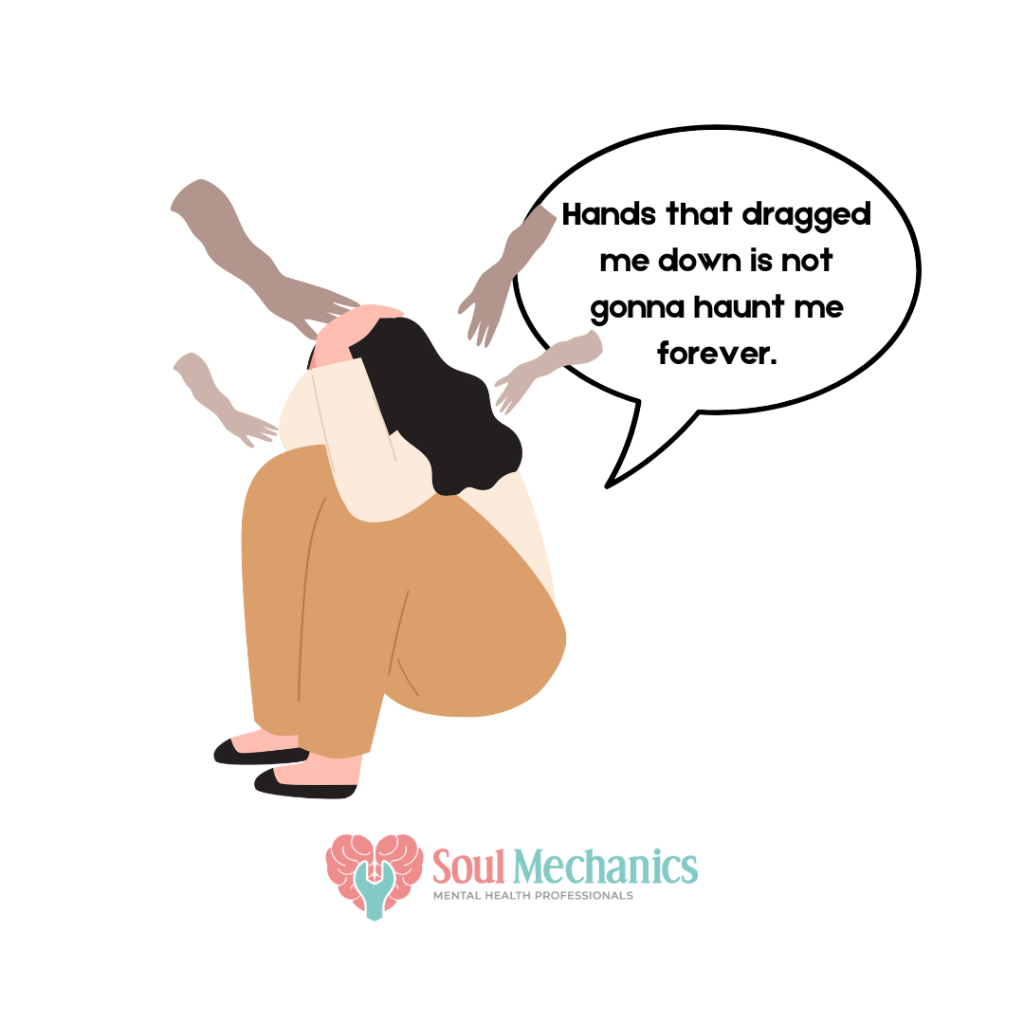
If you’re ready to heal from the emotional abuse that you have or are enduring, it’s okay to seek support. Seek assistance from professionals or trusted loved ones. Healing is possible, and as you move forward, you will discover genuine happiness and a whole new world of colours and inner resilience that no one can snatch away from you.
If you’re looking for a therapist in Kota Damansara or Ipoh area, you can click here for more information.
If you enjoyed reading this, why not broaden the horizon of knowledge by learning about "Emotional Exhaustion"? You can read the blog here.
For more content related to mental health do follow us on our official Instagram.

